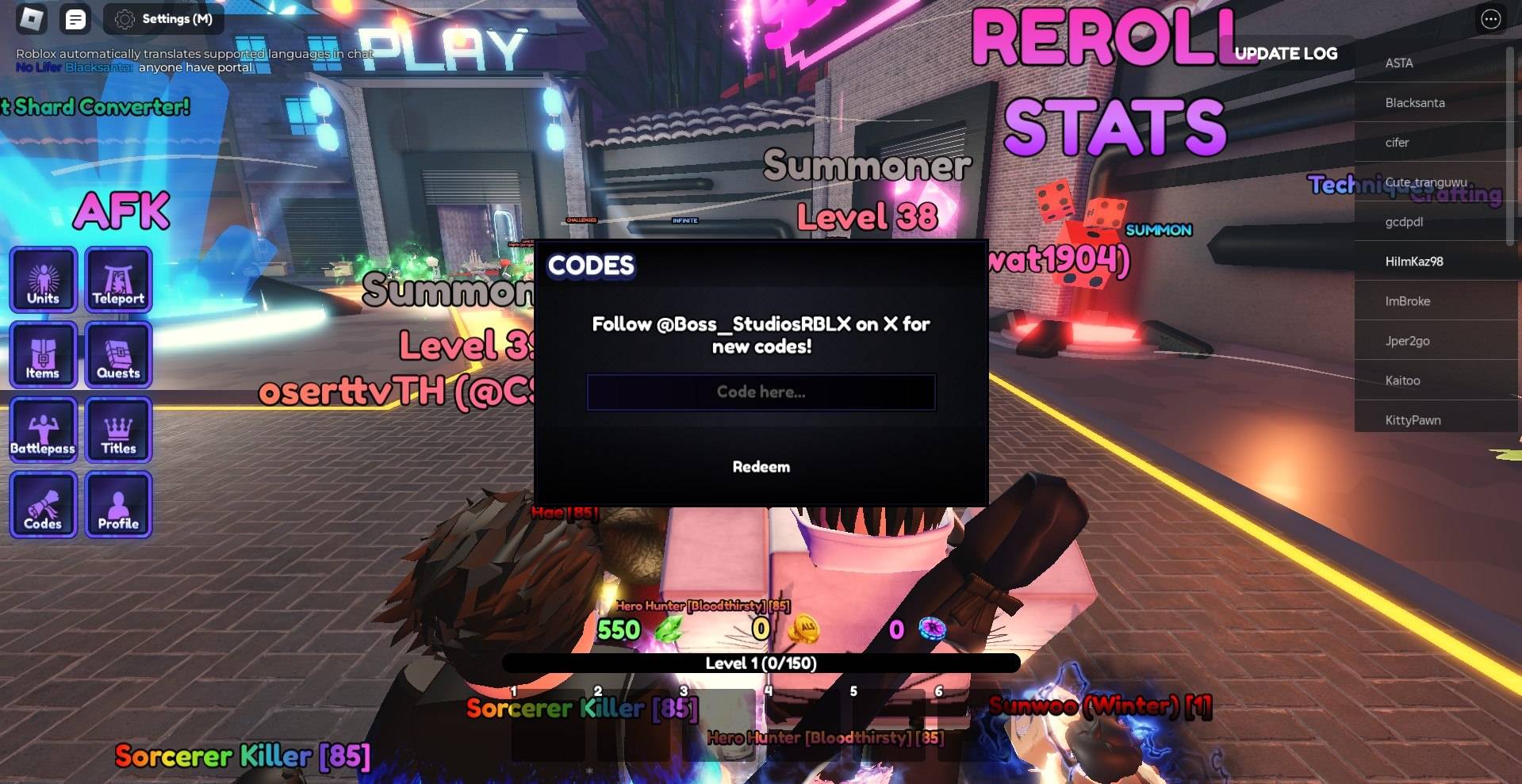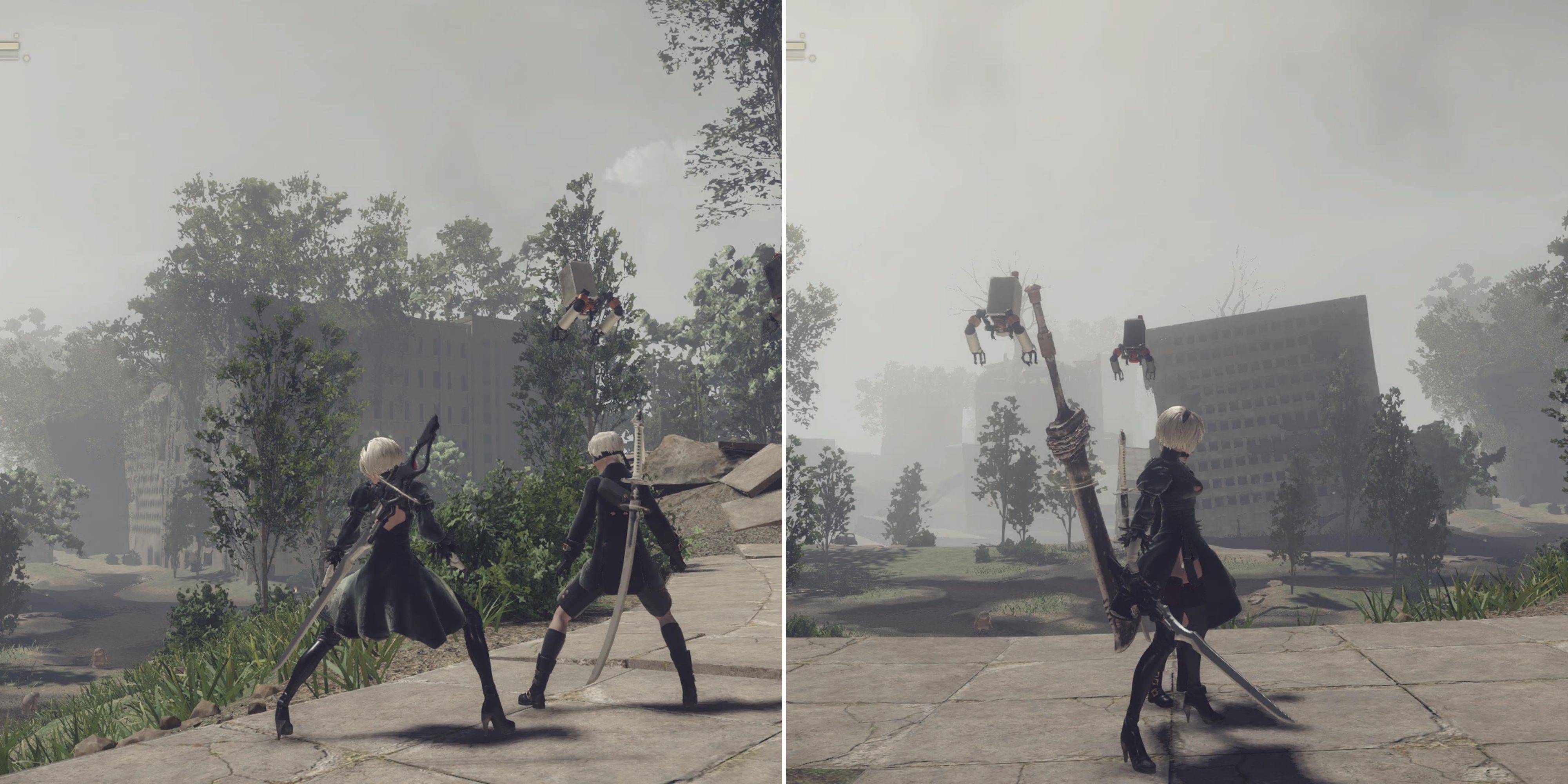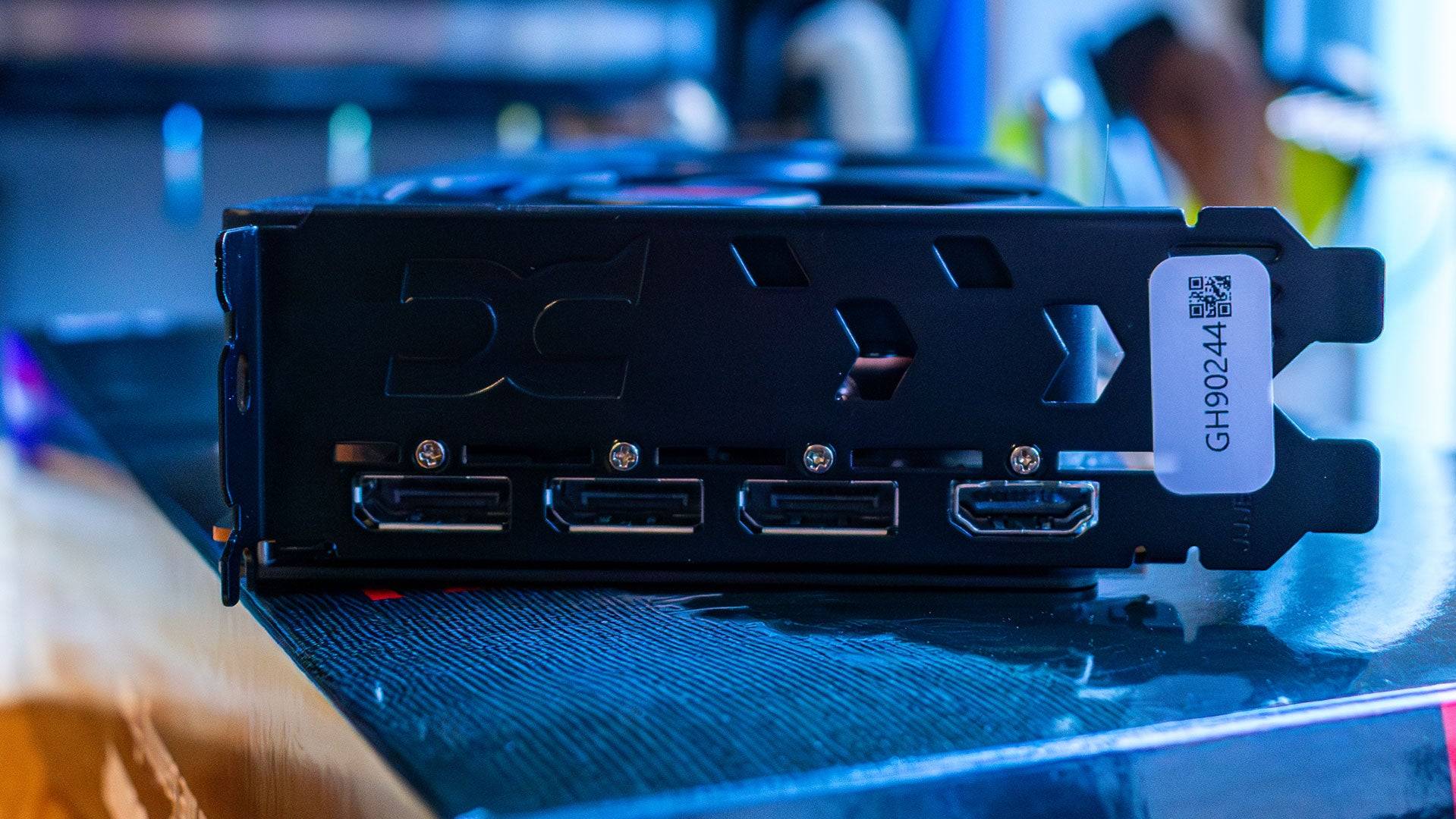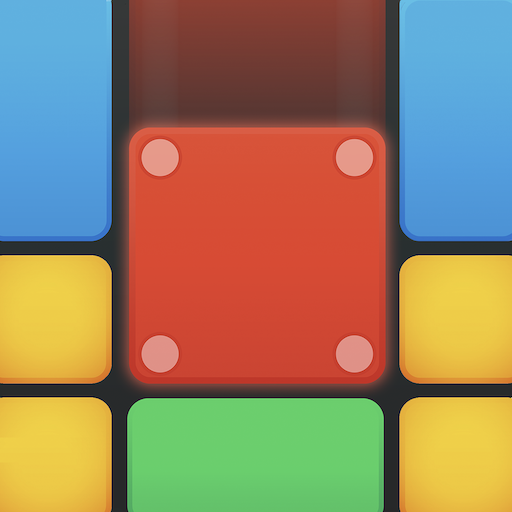New Sony Patent Could Use AI and a Camera Pointed at Your Fingers to Work Out What Button You’ll Press Next
Sony's latest patent filing, WO2025010132 titled "TIMED INPUT/ACTION RELEASE," showcases their ambition to reduce latency in future gaming hardware. This innovative approach, first highlighted by Tech4gamers, aims to enhance the responsiveness of games by predicting user inputs through an AI model supported by additional sensors. This could be a game-changer for PlayStation enthusiasts, particularly in genres like twitch shooters where every millisecond counts.
The introduction of PlayStation Spectral Super Resolution (PSSR) with the PlayStation 5 Pro marked Sony's entry into upscaling technology, allowing games to be rendered at higher resolutions like 4K. However, newer graphics technologies such as frame generation, while beneficial for visual quality, can introduce additional latency, potentially making games feel less responsive. This is a challenge that GPU manufacturers like AMD and Nvidia have tackled with solutions like Radeon Anti-Lag and Nvidia Reflex, respectively. Now, Sony appears poised to join the fray with its own latency-reducing technology.
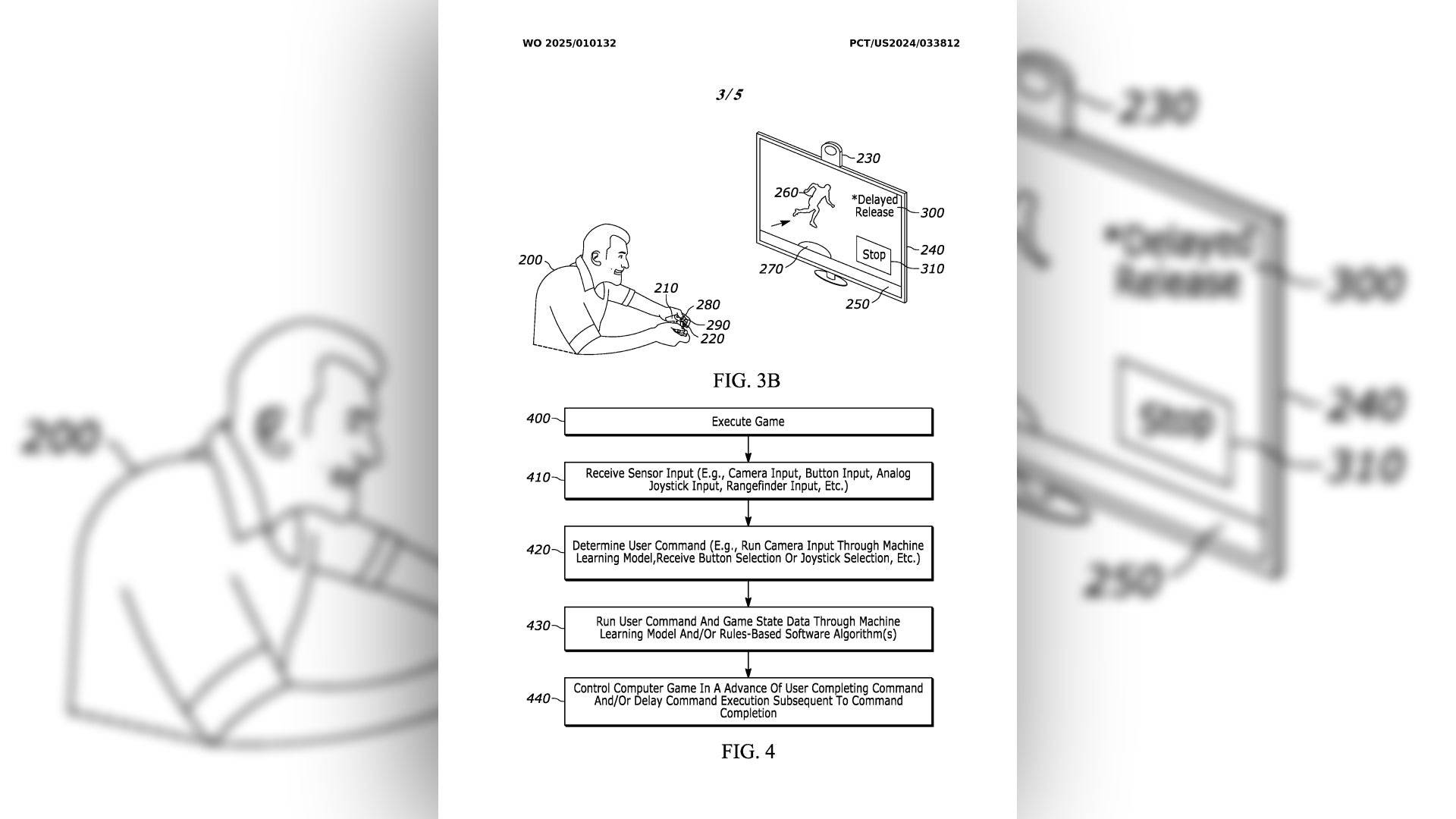
Sony's patent details a system designed to streamline the "timed release of user commands" by predicting the next button press. The company explains that latency between a user's input and the system's execution can lead to delayed command execution and unintended in-game consequences. To combat this, Sony proposes a multi-faceted solution involving a machine-learning AI model and an external sensor, such as a camera focused on the controller to anticipate the user's next move. The patent suggests that "the method may include providing camera input as an input to a machine learning (ML) model," which would help predict the first user command.
Additionally, Sony considers using the controller's buttons themselves as sensors, leveraging their experience with analog buttons in past controllers. This approach could be integrated into a next-generation controller, further enhancing the gaming experience.
While the exact implementation of this technology in future hardware like the PlayStation 6 remains uncertain, the patent clearly indicates Sony's commitment to reducing latency without compromising game responsiveness. This is especially relevant given the widespread use of rendering technologies like FSR 3 and DLSS 3, which can add frame latency. Sony's efforts could significantly benefit gamers in real-world scenarios where both high framerates and low latency are crucial.
Latest Articles


![1xBet [Updated]](https://imgs.yx260.com/uploads/76/1719623227667f5e3be7616.jpg)








